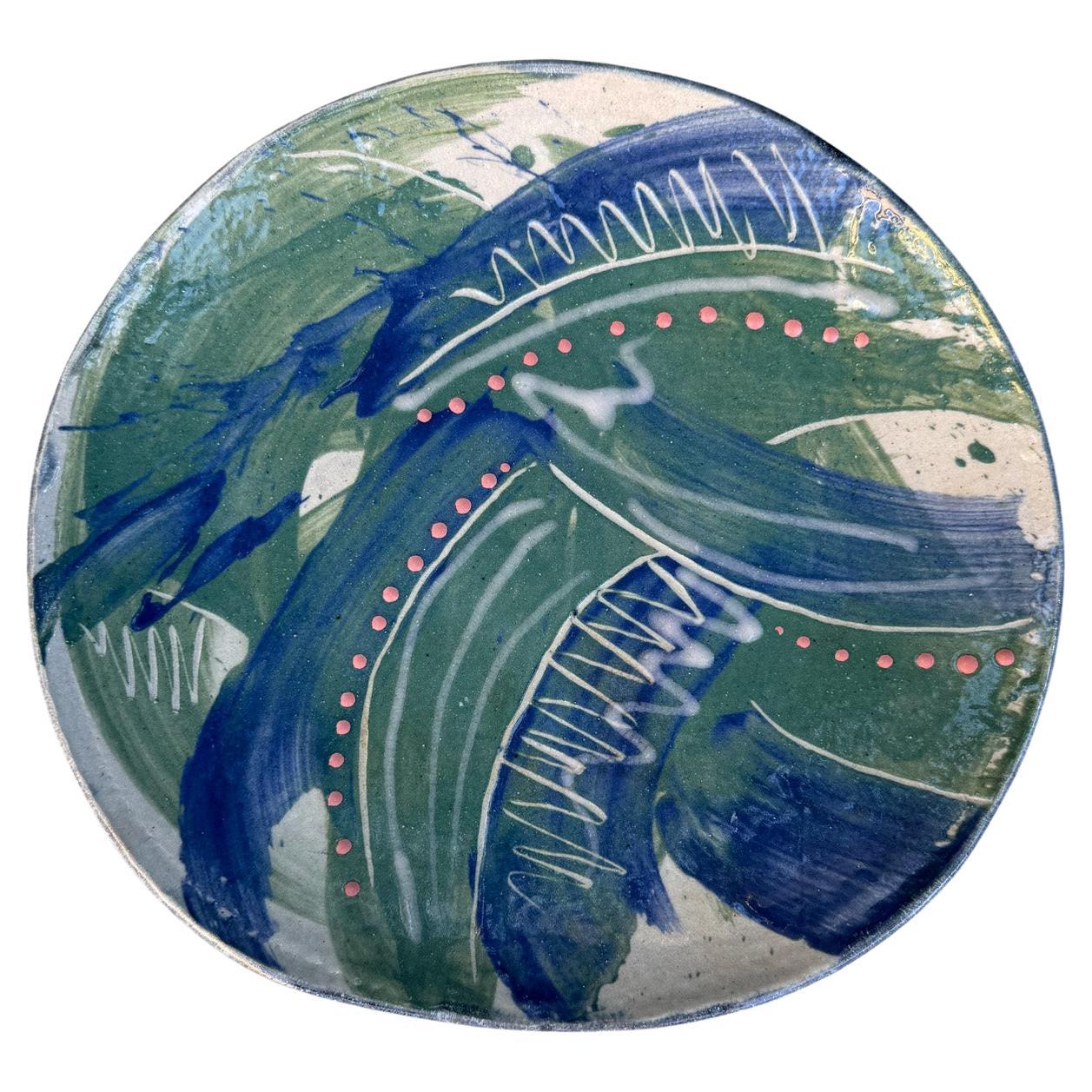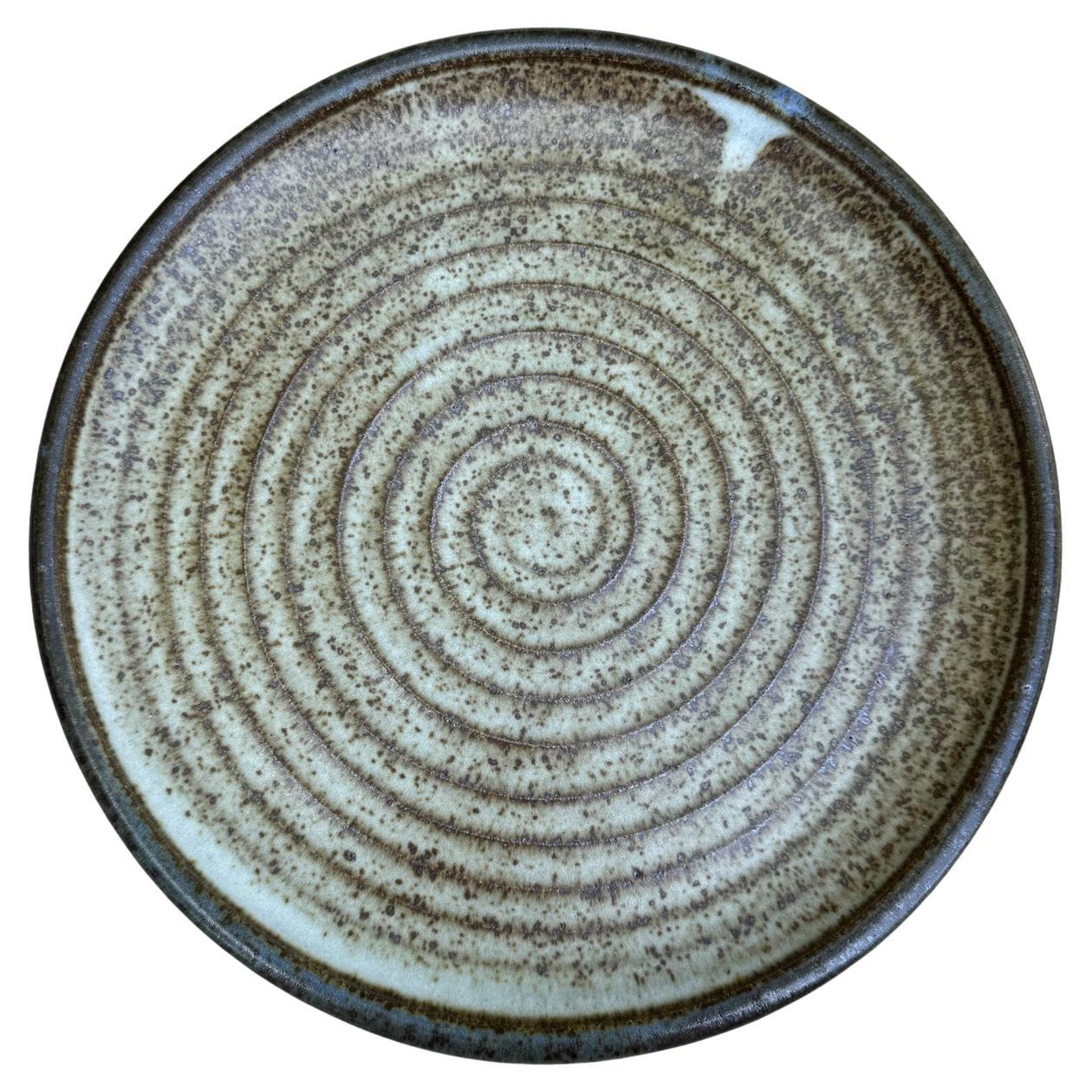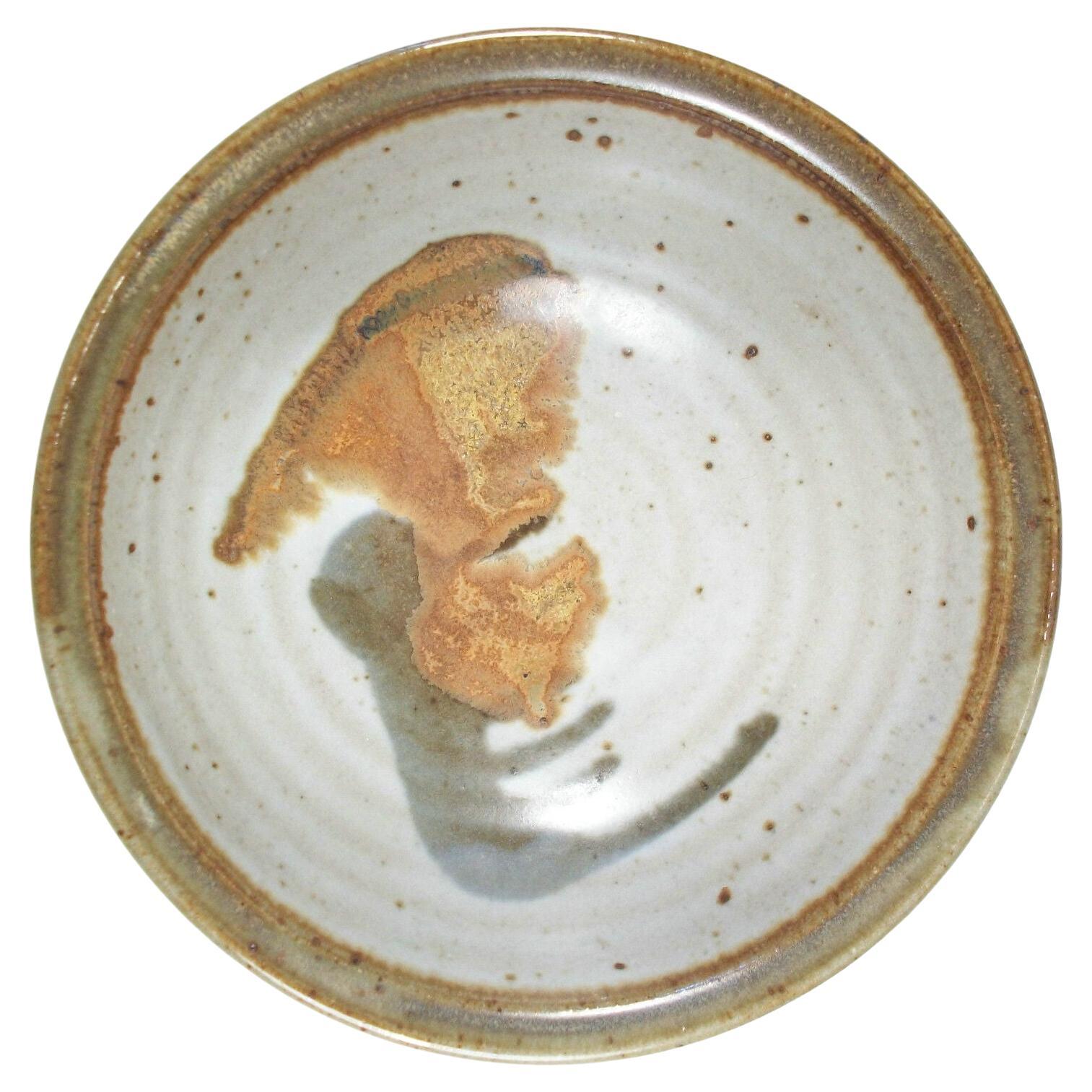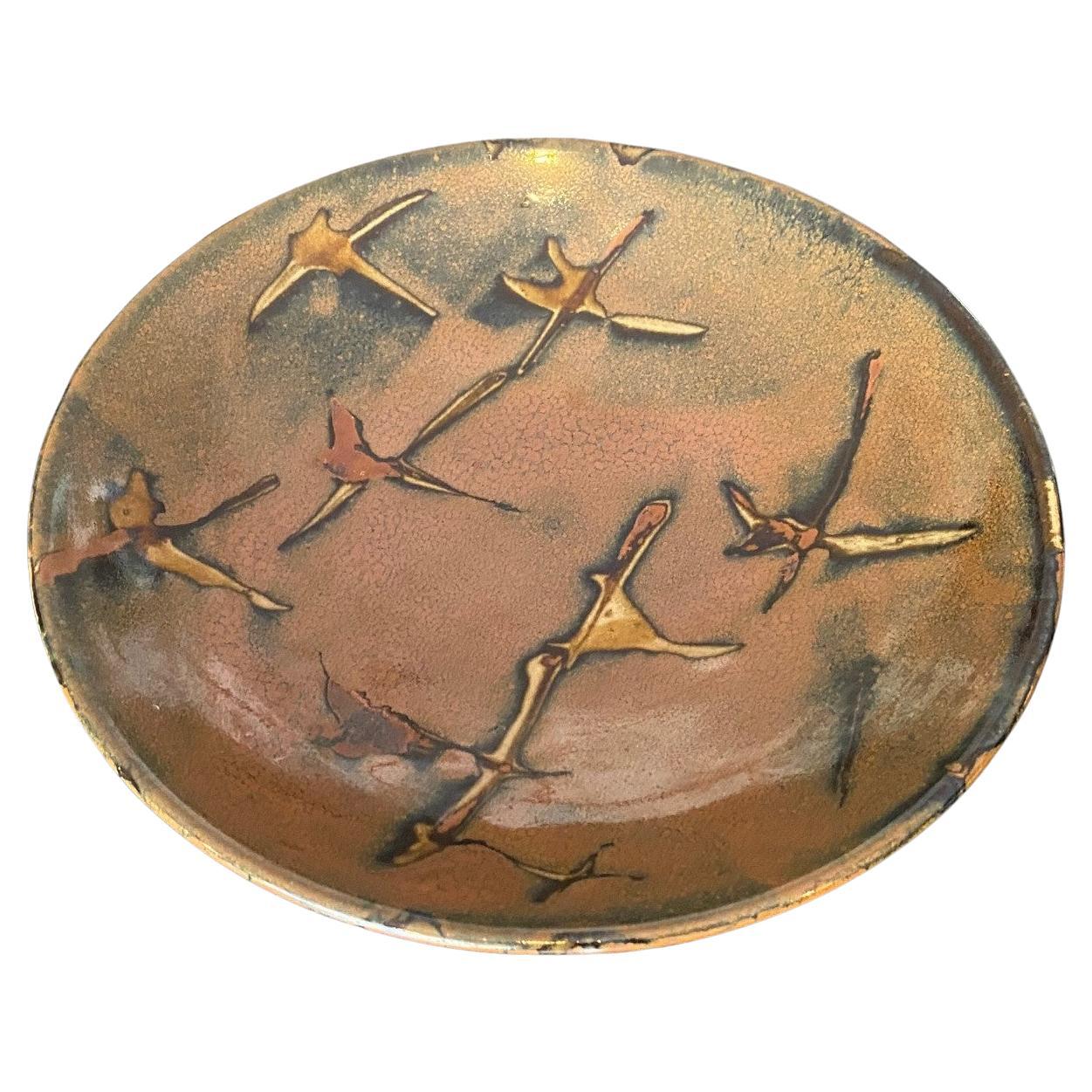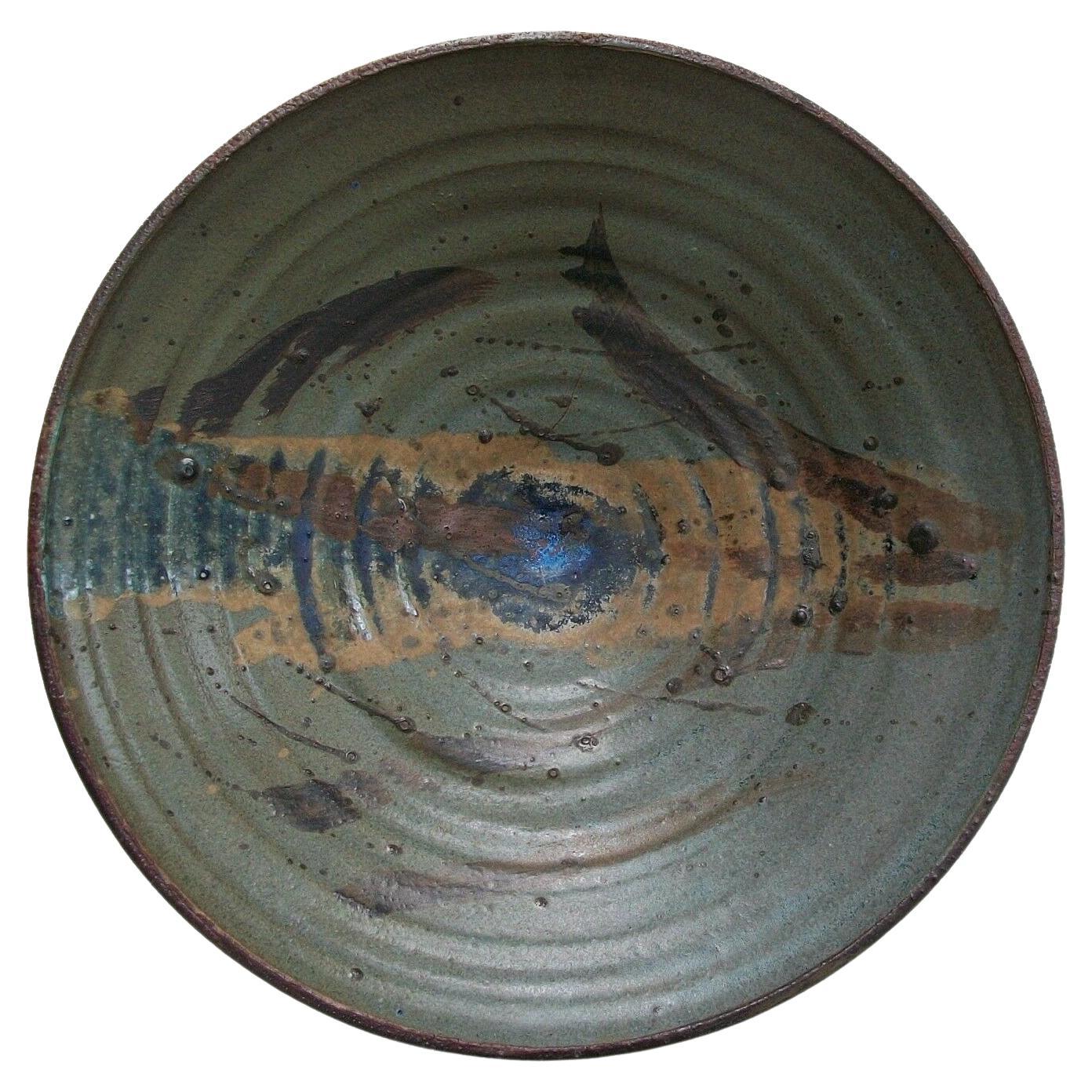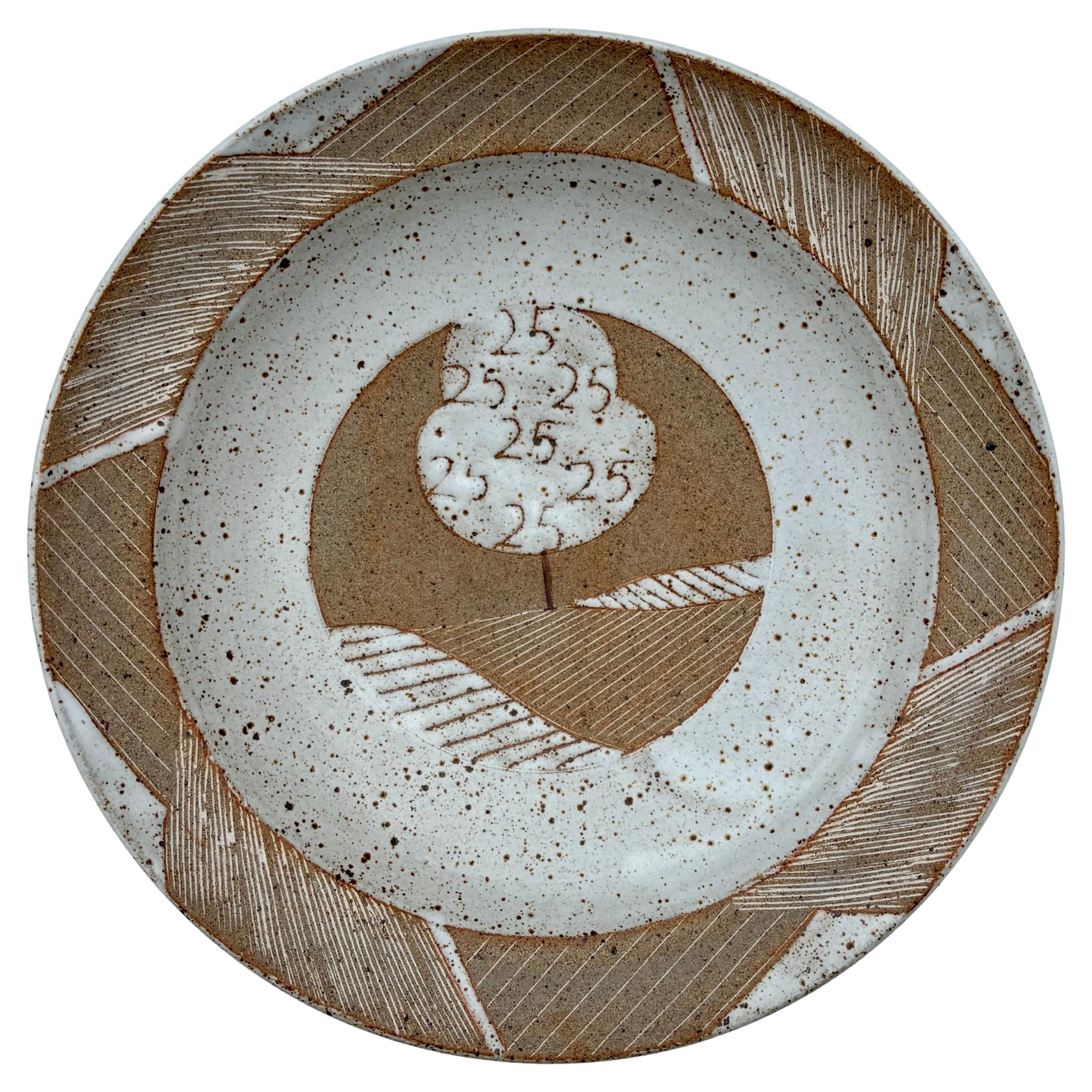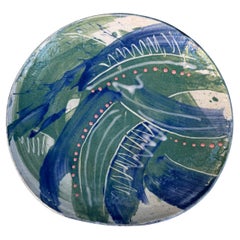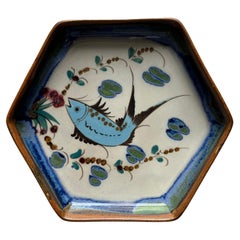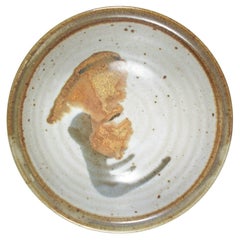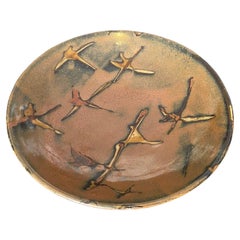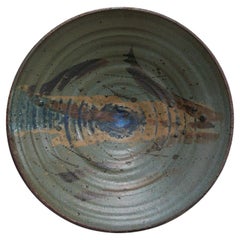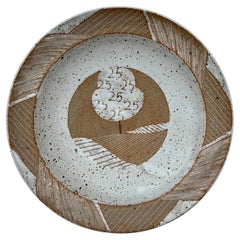Items Similar to Mashiko Yaki Art Pottery Ceramic Charger, Japan, Circa 1970
Want more images or videos?
Request additional images or videos from the seller
1 of 15
Mashiko Yaki Art Pottery Ceramic Charger, Japan, Circa 1970
$200
$25020% Off
£151.02
£188.7820% Off
€174.04
€217.5420% Off
CA$282.29
CA$352.8620% Off
A$311.21
A$389.0220% Off
CHF 162.82
CHF 203.5220% Off
MX$3,818
MX$4,772.5020% Off
NOK 2,049.54
NOK 2,561.9220% Off
SEK 1,916.64
SEK 2,395.8020% Off
DKK 1,299.70
DKK 1,624.6320% Off
About the Item
Mashiko Yaki Art Pottery Charger, Japan, Circa 1970
Mashiko Yaki ware is made in the Japanese town of Mashiko in the Tochigi Prefecture. The area is known for its rich clay. During the Showa Era, famous Japanese potters such as Shoji Hamada and Tatsuzo Shimaoka had their kilns there.
- Similar to:Shoji Hamada (Artist)Tatsuzo Shimaoka 2 (Artist)
- Dimensions:Height: 2.25 in (5.72 cm)Diameter: 13.25 in (33.66 cm)
- Style:Mid-Century Modern (Of the Period)
- Materials and Techniques:
- Place of Origin:
- Period:
- Date of Manufacture:circa 1970
- Condition:Wear consistent with age and use.
- Seller Location:San Juan Capistrano, CA
- Reference Number:1stDibs: LU5767227715582
About the Seller
5.0
Platinum Seller
Premium sellers with a 4.7+ rating and 24-hour response times
1stDibs seller since 2021
512 sales on 1stDibs
Typical response time: 1 hour
- ShippingRetrieving quote...Shipping from: San Juan Capistrano, CA
- Return Policy
Authenticity Guarantee
In the unlikely event there’s an issue with an item’s authenticity, contact us within 1 year for a full refund. DetailsMoney-Back Guarantee
If your item is not as described, is damaged in transit, or does not arrive, contact us within 7 days for a full refund. Details24-Hour Cancellation
You have a 24-hour grace period in which to reconsider your purchase, with no questions asked.Vetted Professional Sellers
Our world-class sellers must adhere to strict standards for service and quality, maintaining the integrity of our listings.Price-Match Guarantee
If you find that a seller listed the same item for a lower price elsewhere, we’ll match it.Trusted Global Delivery
Our best-in-class carrier network provides specialized shipping options worldwide, including custom delivery.More From This Seller
View AllFrank Matranga Signed Ceramic Charger, California, 20th Century
By Frank Matranga
Located in San Juan Capistrano, CA
Frank Matranga Signed Ceramic Charger, California, 20th Century. Buyer can easily add a wire to the back to mount onto the wall.
Category
20th Century American Post-Modern Decorative Dishes and Vide-Poche
Materials
Ceramic
Hand-Thrown Ceramic Charger Plate, 20th Century
Located in San Juan Capistrano, CA
Hand-Thrown Ceramic Charger Plate, 20th Century.
Category
20th Century American Mid-Century Modern Ceramics
Materials
Ceramic
Hand-Thrown Ceramic Charger Plate, 20th Century
Located in San Juan Capistrano, CA
Hand-Thrown Ceramic Charger Plate, 20th Century.
Category
20th Century American Mid-Century Modern Ceramics
Materials
Ceramic
Signed Ken Edwards Hand Painted Stoneware Dish, Mexico 1970s
Located in San Juan Capistrano, CA
Signed Ken Edwards Hand Painted Stoneware Dish, Mexico 1970s
Category
Vintage 1970s Mexican Mid-Century Modern Decorative Dishes and Vide-Poche
Materials
Stoneware
$100 Sale Price
20% Off
Laura Andreson Ceramic Bowl, California, 1954
By Laura Andreson
Located in San Juan Capistrano, CA
Laura Andreson Ceramic Bowl, California, 1954. Signed and dated to the bottom.
Laura Andreson (1902-1999) was a ceramicist and educator in Los Angeles, California. She received a...
Category
20th Century American Mid-Century Modern Decorative Bowls
Materials
Ceramic
John Whitney Ceramic Bowl, California c.1970
Located in San Juan Capistrano, CA
John Whitney Ceramic Bowl, California c.1970.
Category
20th Century American Mid-Century Modern Decorative Bowls
Materials
Ceramic
You May Also Like
PARÉ - Splash Decorated & Glazed Studio Pottery Bowl - Signed - Mid 20th Century
Located in Chatham, ON
PARÉ - Vintage wheel thrown splash decorated and glazed studio pottery bowl - signed on the base - Canada (Quebec) - mid 20th century.
Excellent vintage condition - no loss - no dam...
Category
Mid-20th Century Canadian Mid-Century Modern Decorative Bowls
Materials
Ceramic
Japanese Signed Mashiko Mingei Art Pottery Plate in the Manner of Shoji Hamada
Located in Studio City, CA
A quite beautiful, expertly crafted, sumptuously glazed large Japanese Mashiko Ware Mingei (folk craft/folk art) pottery plate/ charger quite similar to the works of master potter Sh...
Category
Mid-20th Century Japanese Folk Art Ceramics
Materials
Pottery, Stoneware
HANS SENGERS - Splash Decorated Studio Pottery Charger - Canada - 20th Century
Located in Chatham, ON
HANS SENGERS (Johanna Leentje van der Ham Sengers 1923-2015) - Exceptional wheel thrown studio pottery charger with splash/hand painted decorat...
Category
Mid-20th Century Canadian Mid-Century Modern Decorative Bowls
Materials
Ceramic
Modern Stoneware Kähler Plate, 1980s
By Kähler, Kähler Keramik
Located in Copenhagen, DK
Modernist stoneware centerpiece bowl by Kähler Keramik in 1988. Light gray spotted glaze and unglazed sandcolored ceramic material side by side in lined graphic patterns.
To be used...
Category
Late 20th Century Danish Scandinavian Modern Decorative Bowls
Materials
Ceramic, Clay, Pottery, Stoneware
European Studio Ceramist, Unique Dish in Glazed Ceramics, Dated 1985
Located in København, Copenhagen
European studio ceramist. Unique dish in glazed ceramics. Dated 1985. Beautiful glaze in gray and olive green tones.
Measure: Diameter: 32 cm.
In very good condition.
Signed and d...
Category
Vintage 1980s Unknown Modern Decorative Dishes and Vide-Poche
Materials
Ceramic
Lauritz Adolph Hjorth Danish Mid-Century Hand-Painted Ceramic Dish
By Lauritz Adolph Hjorth
Located in Bishop's Stortford, Hertfordshire
Lauritz Adolph Hjorth (Danish, 1834-1912) established a factory at Bornholm in 1859 which also established a ceramic dynasty that included Hans Hjorth, Gertrud Vasegaard and Lisbeth ...
Category
Vintage 1960s Danish Mid-Century Modern Decorative Dishes and Vide-Poche
Materials
Ceramic
More Ways To Browse
Ceramic Charger
Japanese Midcentury Modern Pottery
Pottery Charger
Hamada Shoji
Hamada Pottery
Mid Century Japanese Blue Bowls
Mashiko Pottery
Shoji Hamada Pottery
Shimaoka Tatsuzo
Mashiko Yaki
Catchall Tray
Vintage Enamel Dish
Antique Japanese Arita Porcelain Plate
Valet Tray
Ring Dish
Vintage Glass Dishes
1940 Vintage Dishes
Antique Black Dishes
